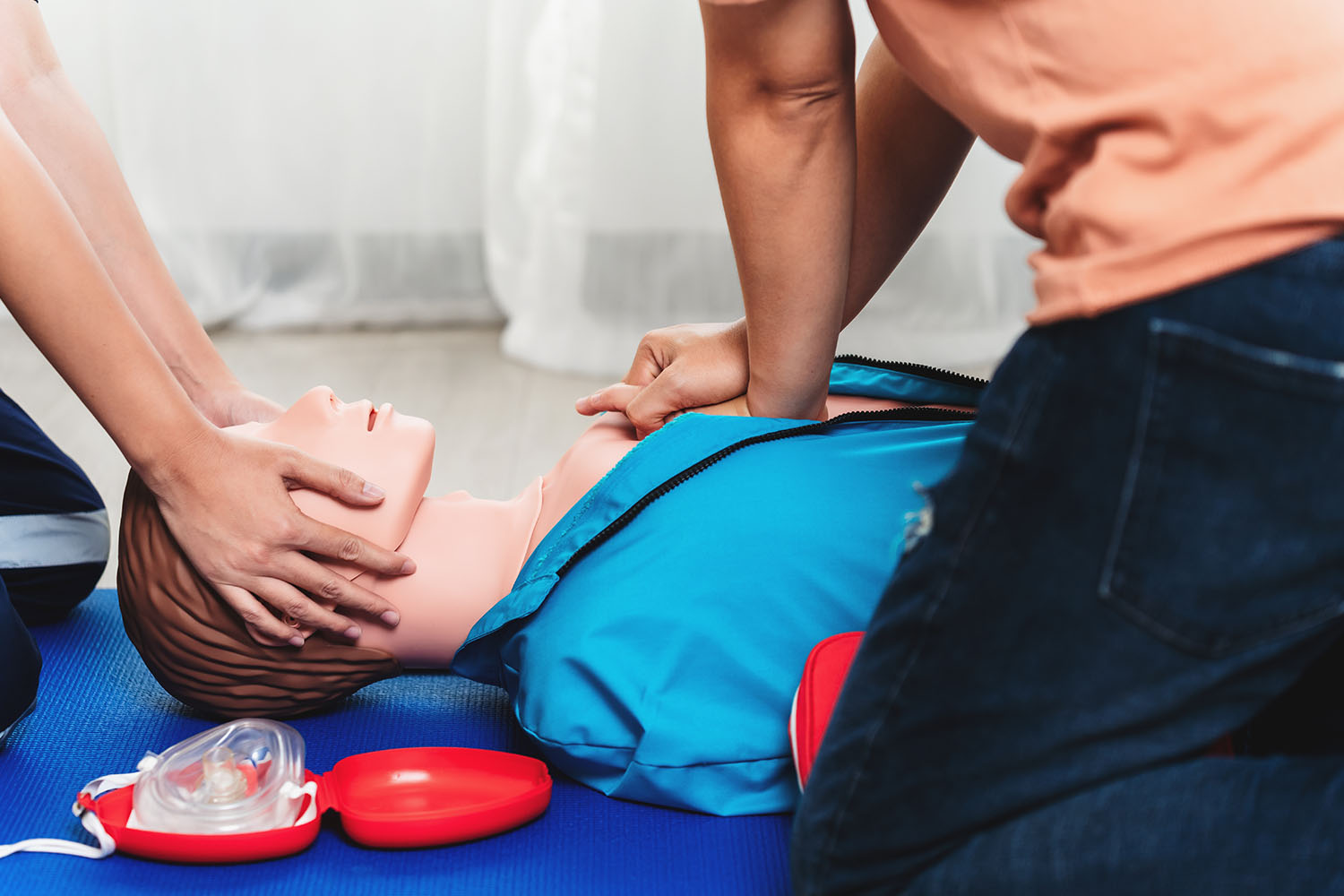Overview
CPR, standing for Cardiopulmonary Resuscitation, is more than just an acronym; it is a crucial skill that can mean the difference between life and death in emergency situations. In this blog, we delve into what CPR entails, its importance, and why everyone should learn this life-saving technique.
What is CPR?
CPR is an emergency procedure performed on individuals experiencing cardiac arrest or sudden cessation of breathing. It combines chest compressions with rescue breaths to manually circulate oxygenated blood to vital organs, thereby sustaining life until professional medical help arrives.
The Importance of CPR:
Cardiac arrest can strike anyone, anywhere, at any time. It doesn’t discriminate based on age, gender, or health status. In fact, statistics show that nearly 350,000 out-of-hospital cardiac arrests occur annually in the United States alone. Without immediate intervention, the chances of survival plummet with each passing minute.
This is where CPR becomes paramount. By promptly initiating CPR, bystanders can significantly increase the likelihood of survival for the victim, doubling or even tripling their chances of recovery. Every second counts in a cardiac arrest scenario, and CPR empowers ordinary individuals to become heroes in the face of adversity.
How to Perform CPR:
Performing CPR involves a series of simple yet critical steps:
Check for Responsiveness: Shake the victim gently and shout loudly to assess if they are responsive. If there is no response, immediately call for emergency medical assistance.
Open the Airway: Tilt the victim’s head back slightly and lift their chin to open the airway.
Check for Breathing: Look, listen, and feel for signs of breathing for no more than 10 seconds. If the victim is not breathing normally, proceed to the next step.
Initiate Chest Compressions: Position the heel of one hand in the center of the victim’s chest, interlock the fingers of your other hand, and begin chest compressions. Push down firmly and rapidly at a rate of 100 to 120 compressions per minute, allowing the chest to fully recoil between compressions.
Administer Rescue Breaths: After 30 compressions, deliver two rescue breaths by pinching the victim’s nose, sealing your mouth over theirs, and blowing steadily until you see the chest rise.
Continue CPR: Alternate between chest compressions and rescue breaths in a cycle of 30 compressions to 2 breaths until help arrives or the victim shows signs of responsiveness.



